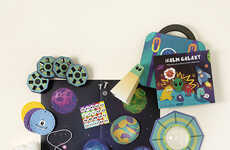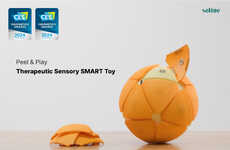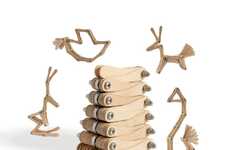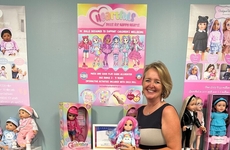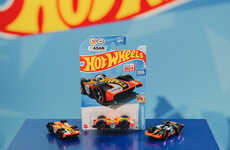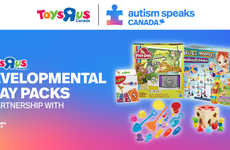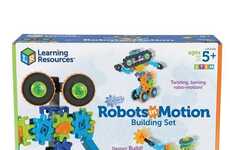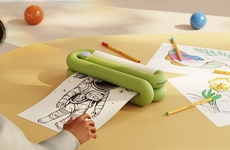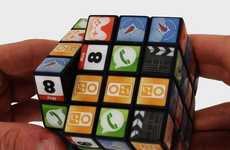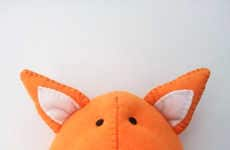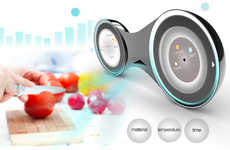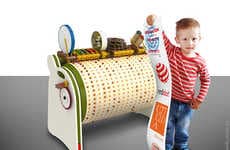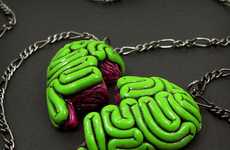
Plan Toys' Build-A-Robot Targets Children with Autism
Meghan Young — February 10, 2012 — Life-Stages
References: plantoysusa & fastcodesign
Build-A-Robot is a wooden toy that teaches emotions to children with Autism Spectrum Disorder (ASD). Unlike other playthings that target those with special needs, this toy is not obvious about its purpose. Instead, it features a subtle design that could be taken for a regular toy.
Designed by Laura Chun Urquiaga for Plan Toys in collaboration with a team of experts in ASD including occupational therapists, parents and researchers, Build-A-Robot comes with four interchangeable heads that help children identify and express happiness, sadness, anger and surprise. In addition to emotions, Build-A-Robot also addresses sensory issues and fine motor skills. Textured heads focus on sensory experiences while the screws and connectors that detach and move the doll hones in on children's fine motor skills.
Build-A-Robot is made out of organic, kiln-dried, reclaimed rubber wood, water-based dyes and non-formaldehyde glue.
Designed by Laura Chun Urquiaga for Plan Toys in collaboration with a team of experts in ASD including occupational therapists, parents and researchers, Build-A-Robot comes with four interchangeable heads that help children identify and express happiness, sadness, anger and surprise. In addition to emotions, Build-A-Robot also addresses sensory issues and fine motor skills. Textured heads focus on sensory experiences while the screws and connectors that detach and move the doll hones in on children's fine motor skills.
Build-A-Robot is made out of organic, kiln-dried, reclaimed rubber wood, water-based dyes and non-formaldehyde glue.
Trend Themes
1. Sensory Playthings - The creation of toys that target sensory experiences to help children with special needs.
2. Subtle Design - Designing products with special features for an overlooked market, while looking like regular toys to blend in.
3. Emotion-teaching Toys - Toys that teach children how to identify and express emotions, even if it might not be obvious at first glance.
Industry Implications
1. Toy - Creating and marketing toys that target special needs children, such as those with Autism Spectrum Disorder.
2. Occupational Therapy - Designing products that help children with special needs improve their fine motor skills, sensory experiences, and emotional wellbeing.
3. Renewable Resources - Building toys with organic, kiln-dried, reclaimed rubber wood, water-based dyes, and non-formaldehyde glue to cater to eco-conscious parents and children.
3.3
Score
Popularity
Activity
Freshness

